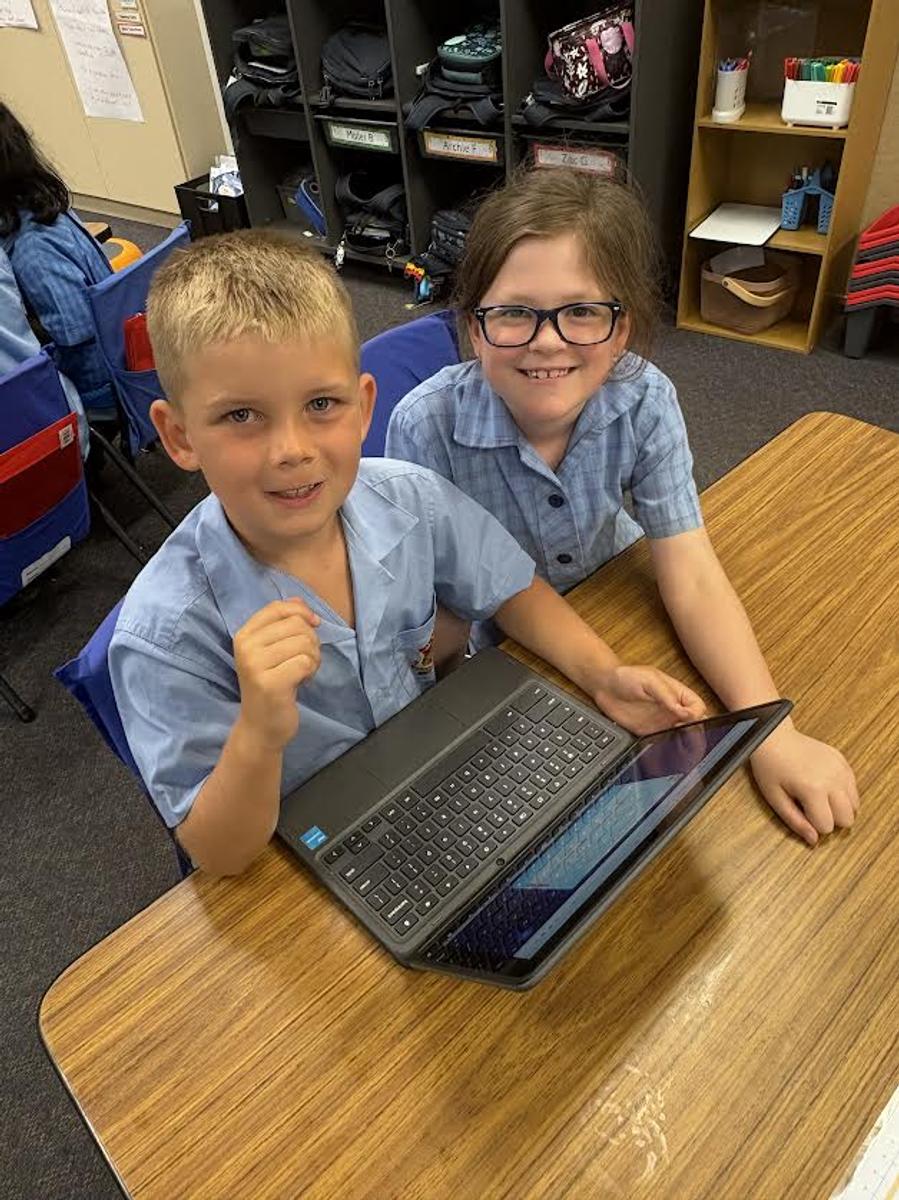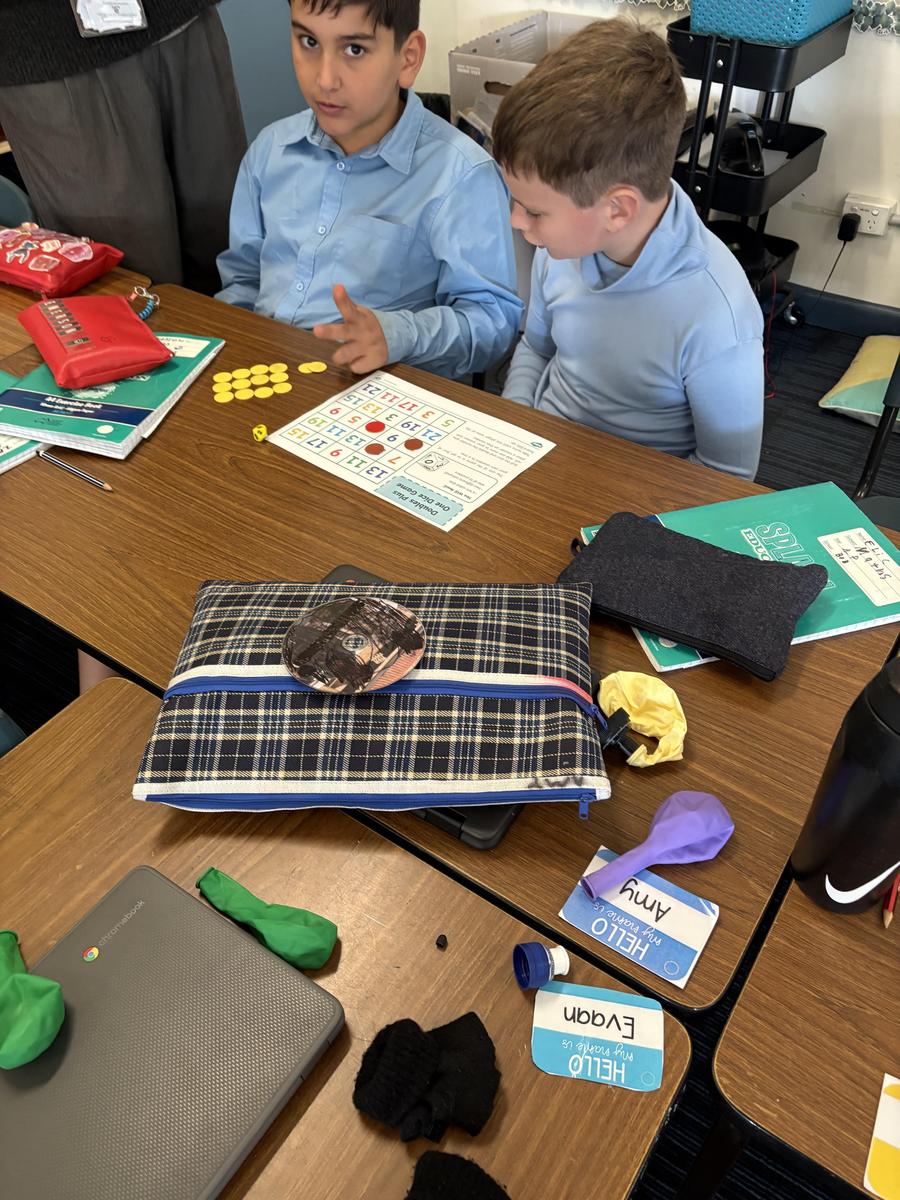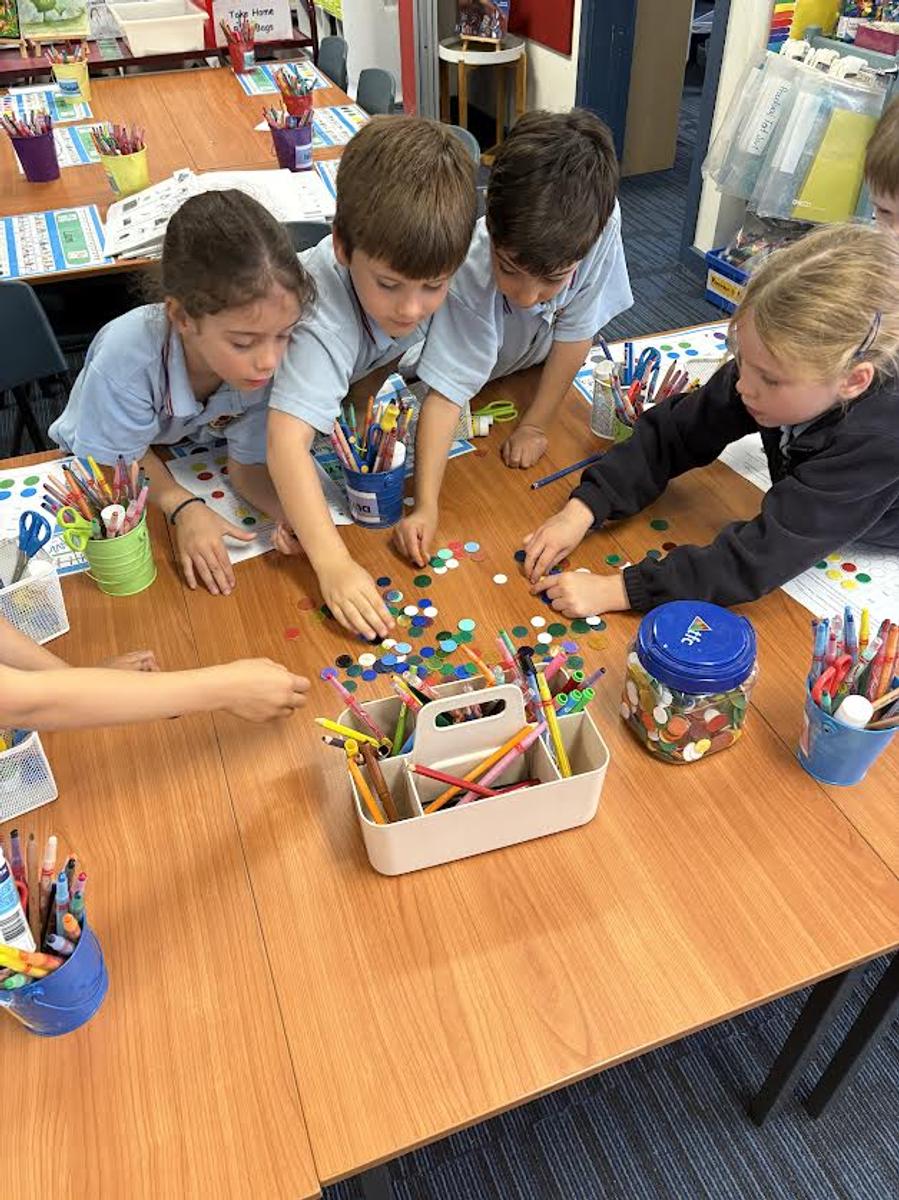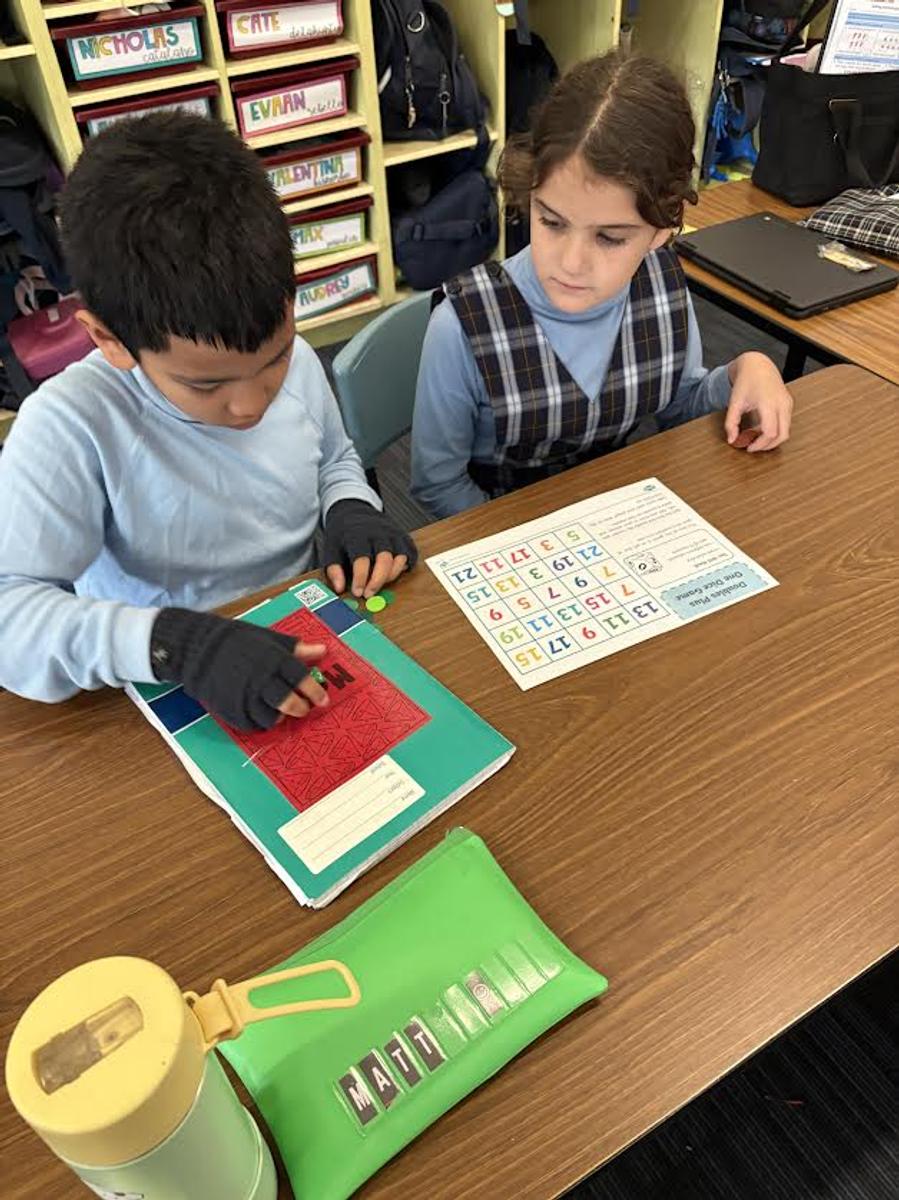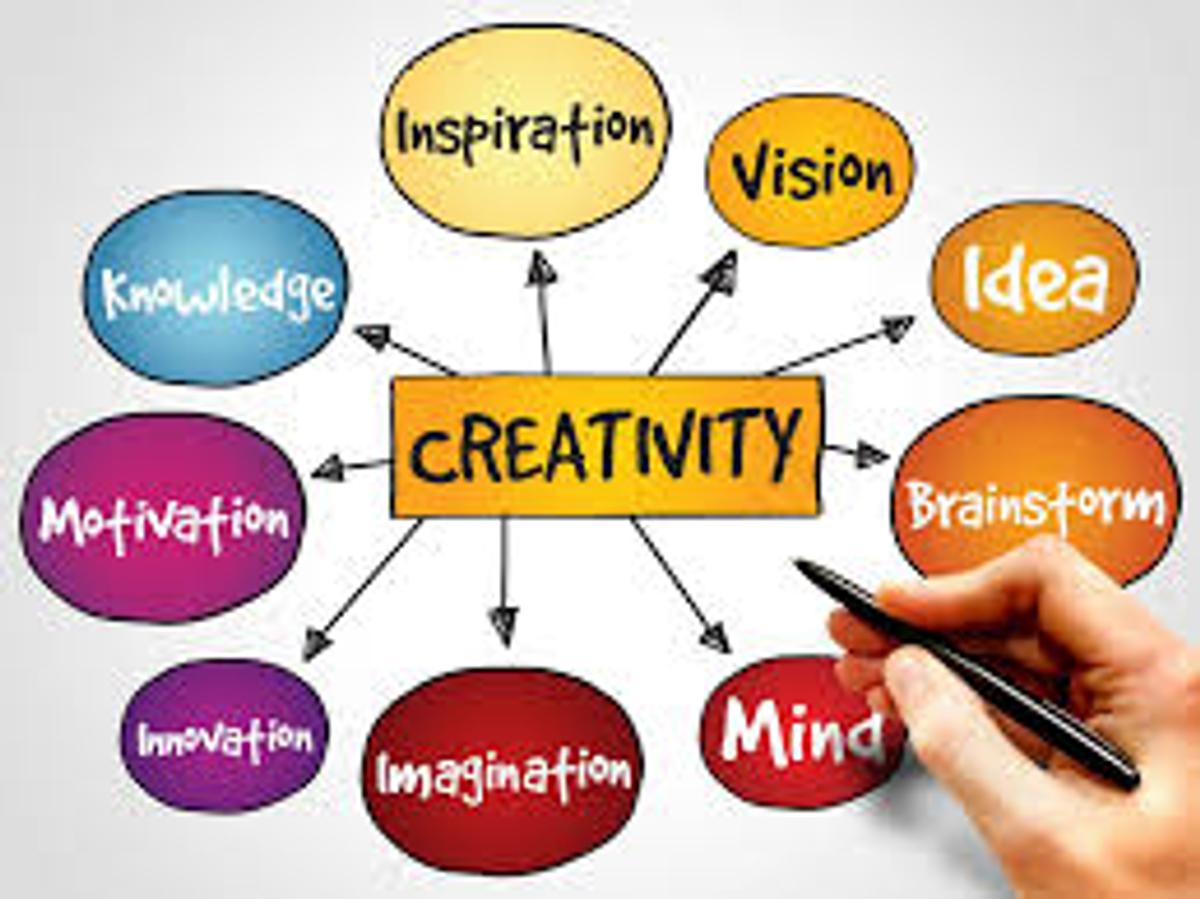CREATIVITY
The Learning Power of Creativity can significantly enhance Mathematics performance in primary school by encouraging students to think flexibly, approach problems from different angles, and engage more deeply with mathematical concepts. Here's how:
🌟 1. Fostering Flexible Thinking
- Creative learners can see more than one method to solve a problem (e.g., using a number line, drawing a picture, using manipulatives).
- This reduces anxiety around "one right way" and helps build confidence.
Example: When solving 36 + 49, a creative student might break it into 36 + 50 – 1 or use a rounding strategy, rather than only the column method.
🌟 2. Promoting Problem-Solving
- Creativity enables original approaches to solving non-routine problems.
- Encourages exploration of patterns, conjectures, and predictions — all foundational to rich mathematical thinking.
Example: In a task like "How many ways can you make $1 using coins?", creativity allows students to find many combinations and explain their reasoning.
🌟 3. Improving Engagement
- When students are encouraged to create their own math problems, games, or visual representations, they feel ownership and become more engaged.
Example: Designing a board game using multiplication facts embeds skills through a meaningful and fun context.
🌟 4. Connecting Maths to the Real World
- Creative thinking helps students see maths as relevant and useful, not just abstract.
- They might explore real-world scenarios like planning a party on a budget or measuring ingredients for a recipe.
Example: Using creativity to estimate and adjust recipes by halving or doubling ingredients involves fractions and ratios in an authentic context.
🌟 5. Developing Resilience
- Creativity supports a growth mindset, where students try new strategies without fear of failure.
- It nurtures perseverance — essential for tackling challenging problems.
Example: A creative student is more likely to try a new approach when their first one doesn't work, rather than giving up.
🌟 6. Encouraging Communication and Justification
- Creative maths tasks often require students to explain their thinking or represent their work visually.
- This deepens understanding and improves mathematical language.
Example: Drawing a story map to explain division helps students "see" what's happening, not just follow a procedure.
In Summary:
Creativity in Maths isn’t about making art — it’s about imagination, flexibility, and innovation in thinking. When nurtured, it can lead to:
- Better problem-solving
- Deeper understanding
- Higher engagement
- Greater mathematical confidence



